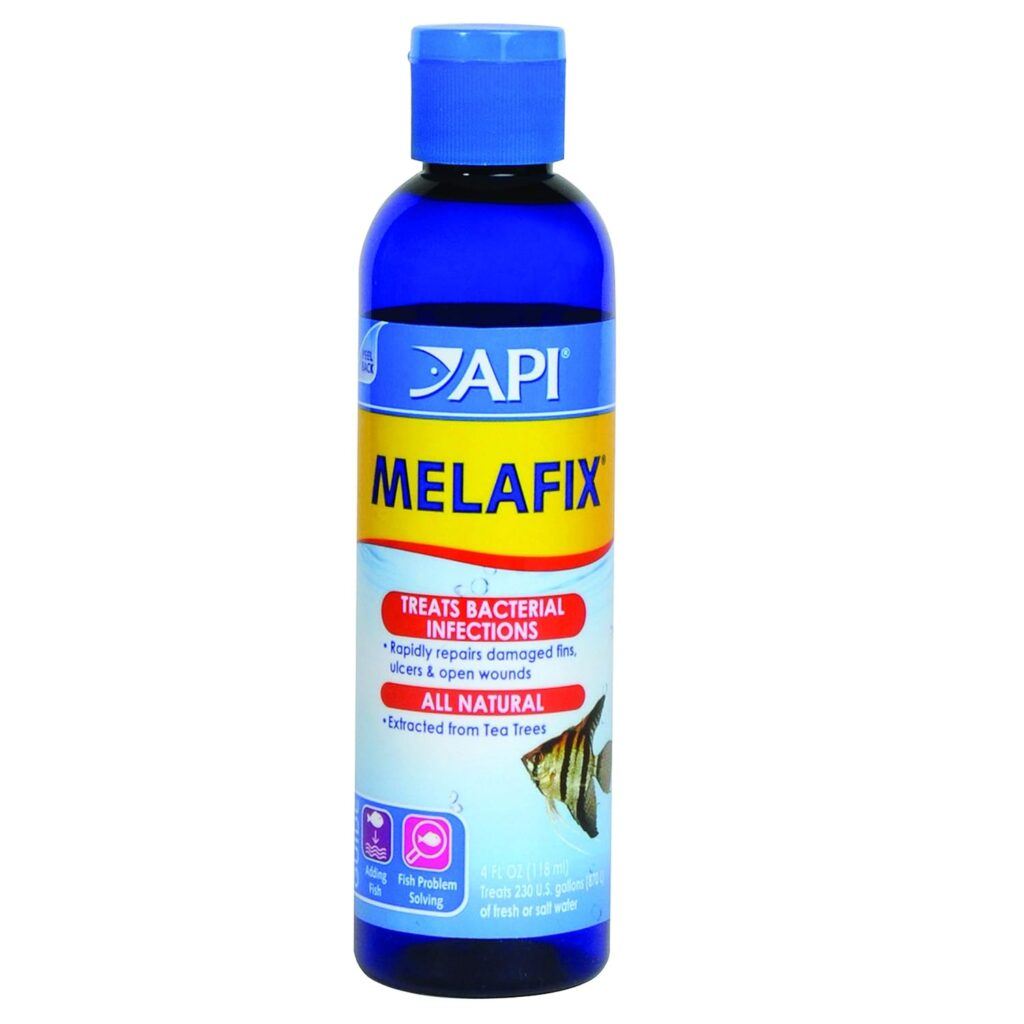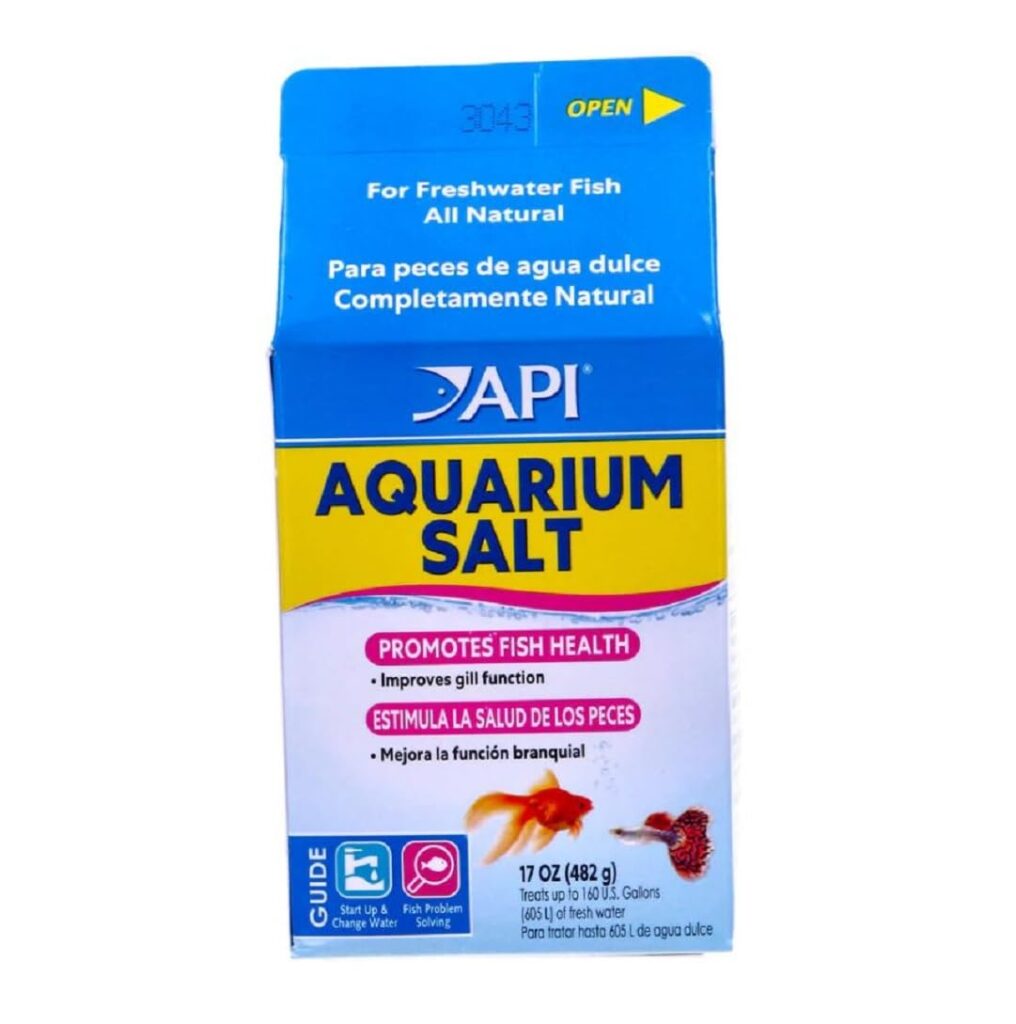Betta Fish Fin Rot Treatment: A Complete Guide
Betta fish, also known as Siamese fighting fish, are beautiful and vibrant aquarium pets that require proper care to thrive. Unfortunately, even with the best intentions, Betta fish can sometimes suffer from common diseases like fin rot. Fin rot is one of the most prevalent health issues Betta fish owners face, and it can be caused by a variety of factors such as poor water quality, bacterial infections, or physical injury. If left untreated, fin rot can severely affect a Betta’s health and lead to permanent damage. In this article, we will discuss how to identify fin rot, the causes, and, most importantly, how to treat it effectively.
What is Betta Fish Fin Rot?
Fin rot is a condition where the fins or tail of the Betta fish begin to deteriorate. The edges of the fins may become frayed, discolored (often turning white, gray, or black), and in extreme cases, the tissue may begin to degrade. The disease typically starts at the edges of the fins and gradually progresses to the rest of the fin if not treated properly.
Symptoms of Fin Rot in Betta Fish:
- Tattered fins: One of the first signs of fin rot is the appearance of ragged or frayed edges on the fins or tail.
- Discoloration: The affected fins may exhibit a white, gray, or black discoloration, often along the edges.
- Redness or swelling: The tissue around the affected area may become inflamed or reddened, indicating a bacterial infection.
- Faded colors: Betta fish with fin rot may appear dull, and their vibrant colors may fade.
- Reduced activity: As with many illnesses, a Betta suffering from fin rot may become lethargic and less active than usual.
Causes of Fin Rot in Betta Fish
Several factors can contribute to the development of fin rot in Betta fish. Understanding these causes is essential for preventing and effectively treating the condition.
- Poor Water Quality: The most common cause of fin rot is poor water quality. High levels of ammonia, nitrites, and nitrates in the aquarium can stress the fish and create an environment conducive to bacterial growth.
- Bacterial Infections: The primary culprit behind fin rot is the bacterium Aeromonas hydrophila, although other bacteria, such as Pseudomonas and Vibrio, can also cause similar symptoms. These bacteria are opportunistic, meaning they take advantage of weakened or stressed fish.
- Physical Injury: Bettas are often territorial and may fight with other fish, which can result in physical damage to their fins. Such injuries can become infected and lead to fin rot if not treated properly.
- Stress: Bettas can experience stress from various sources, such as incompatible tank mates, improper water conditions, or a small tank. Stress weakens the Betta’s immune system, making it more susceptible to infections like fin rot.
- Overcrowding: Overcrowded aquariums can increase the risk of diseases, as it may result in an increased buildup of waste, lowering water quality.
How to Treat Fin Rot in Betta Fish
If you notice signs of fin rot in your Betta, it’s crucial to act quickly. Early treatment can prevent further deterioration and improve the chances of recovery. Below are the steps involved in effectively treating fin rot in Betta fish:
Step 1: Isolate the Affected Betta
The first thing you should do if you spot signs of fin rot is to isolate the infected Betta fish. Place the Betta in a quarantine tank or hospital tank. This will prevent the spread of bacteria to other fish and allow you to better monitor the Betta’s condition. Ensure the quarantine tank has clean, warm water with appropriate filtration to reduce the chances of further stress.
Recommended Isolation Tank for Betta Fish :
Step 2: Improve Water Quality
One of the most important aspects of treating fin rot is improving water quality. Clean, well-maintained water is essential to the healing process and to preventing additional bacterial growth. Follow these guidelines to ensure your Betta’s water is ideal:
- Test the water: Use an aquarium test kit to check for ammonia, nitrite, nitrate, pH, and temperature levels.
- Perform water changes: Conduct frequent water changes (at least 25% every other day) to keep ammonia and nitrates in check.
- Maintain proper filtration: Make sure the filter in your tank is functioning well and is suited to the size of the tank. However, ensure the filter flow is not too strong, as Betta fish prefer gentle currents.
- Monitor temperature: Betta fish thrive in water temperatures between 76°F and 82°F (24°C – 28°C). A consistent temperature is essential to avoid stress.
Step 3: Use Antibacterial Medication
Antibacterial medications can be highly effective in treating fin rot caused by bacterial infections. There are various treatments available, such as:
- Melafix: This is a natural antibacterial remedy that helps to heal open wounds and regenerate damaged fins. It’s generally safe for Betta fish and can be used in the main tank or quarantine tank.
- Furan-2: Furan-2 is an antibiotic used to treat bacterial infections like fin rot. It is particularly effective against Aeromonas hydrophila.
- Maracyn: This is another effective antibiotic for treating bacterial fin rot and can be used in a quarantine tank to reduce the risk of contamination in the main tank.
Recommended Antibacterial Medication : API Melafix
- Treats bacterial fish infections
- Rapidly repairs damaged fins,ulcer and open wounds
- Promotes tissue and fin regrowth
- All naturally extracted from tea trees

When using antibiotics, always follow the instructions on the packaging and continue treatment for the full recommended period, even if the Betta appears to be recovering.
Step 4: Salt Baths and Epsom Salt Treatment
In some cases, salt baths can help treat fin rot by providing temporary relief from bacterial infections and reducing swelling. Aquarium salt can help with tissue healing and prevent secondary infections. You can also use Epsom salt to reduce inflammation and promote healing.
Recommended Aquarium Salt : API Aquarium Salt

- Salt baths: Dissolve aquarium salt in a separate container of water and place the Betta in the solution for about 5–10 minutes. Repeat this once or twice a day until the Betta begins to recover.
- Epsom salt: Dissolve the appropriate amount of Epsom salt in the quarantine tank to help reduce swelling and promote healing. Be careful not to add too much, as it can affect the water’s salinity.
Step 5: Avoid Overfeeding and Monitor for Secondary Infections
While the Betta is recovering, it’s important to avoid overfeeding, as excess food can pollute the water and contribute to further health problems. Offer small, high-quality meals and remove any uneaten food to maintain water quality.
Additionally, keep an eye out for any secondary infections that may develop. If your Betta shows signs of fungal growth, parasites, or other issues, consult a veterinarian or aquarium specialist for further treatment.
Step 6: Regular Monitoring
Throughout the treatment process, regularly monitor your Betta’s condition. Ensure that the fins are gradually healing, and there is no further deterioration. If you don’t see any improvement after a week or two, consult a veterinarian, as the condition may be more severe or caused by another underlying issue.
Step 7: Prevent Future Recurrences
After successfully treating fin rot, it’s important to take preventative measures to avoid future outbreaks. Here are some tips to maintain a healthy environment for your Betta:
- Regular water changes: Keep your Betta’s environment clean by performing regular water changes.
- Monitor water parameters: Consistently test the water and ensure that the tank is properly cycled and filtered.
- Provide a proper diet: Feed your Betta a balanced, nutritious diet to boost its immune system and overall health.
- Avoid overcrowding: Keep the tank size appropriate for your Betta, and avoid overcrowding with incompatible tank mates.
- Stress reduction: Minimize stressors by providing hiding places, ensuring appropriate tank mates, and keeping the Betta in a calm, peaceful environment.
Conclusion
Treating fin rot in Betta fish requires a combination of proper diagnosis, effective treatment, and preventive care. By promptly isolating the affected Betta, improving water quality, using antibacterial medications, and providing a stress-free environment, you can increase the chances of a full recovery. Regular monitoring and maintaining a clean tank will help ensure your Betta stays healthy and happy. With the right treatment, fin rot is treatable, and your Betta can return to its vibrant, beautiful self.
- 10 Must-Have Aquarium Maintenance Tools You Can’t Live Without!
- Say Goodbye to Fish Lice Forever! The Ultimate Treatment Guide
- Anchor Worms Are Attacking Your Fish! Learn How to Eliminate Them FAST
- Miraculous Betta Fish Fin Rot Treatment – You Won’t Believe How Easy It Is!
- Is Your Fish’s Tail Falling Apart? Discover the Best Fin Rot Treatment That Works!
- Cotton Wool Disease in Fish: Causes, Symptoms & Effective Treatments
- White Spot Fish Treatment: Effective Methods to Protect Your Aquarium
- Effective Dropsy Fish Treatment You Need to Try – Save Your Fish Today!
- How to Set Up a Cichlid Aquarium: A Complete Guide

